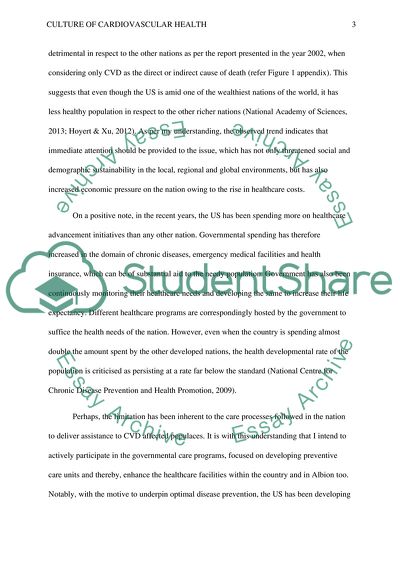Cite this document
(Culture of Cardiovascular Health Research Paper, n.d.)
Culture of Cardiovascular Health Research Paper. https://studentshare.org/medical-science/1838901-culture-of-cardiovascular-health
Culture of Cardiovascular Health Research Paper. https://studentshare.org/medical-science/1838901-culture-of-cardiovascular-health
(Culture of Cardiovascular Health Research Paper)
Culture of Cardiovascular Health Research Paper. https://studentshare.org/medical-science/1838901-culture-of-cardiovascular-health.
Culture of Cardiovascular Health Research Paper. https://studentshare.org/medical-science/1838901-culture-of-cardiovascular-health.
“Culture of Cardiovascular Health Research Paper”. https://studentshare.org/medical-science/1838901-culture-of-cardiovascular-health.


